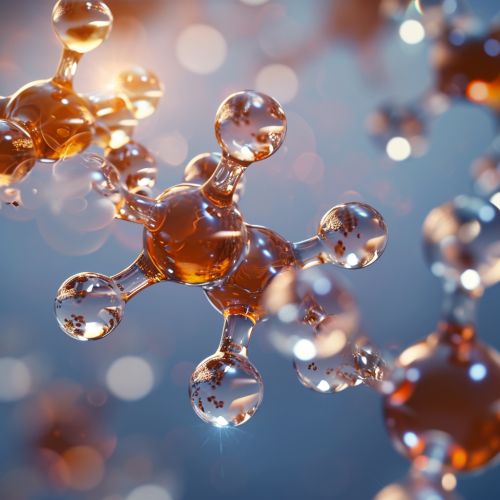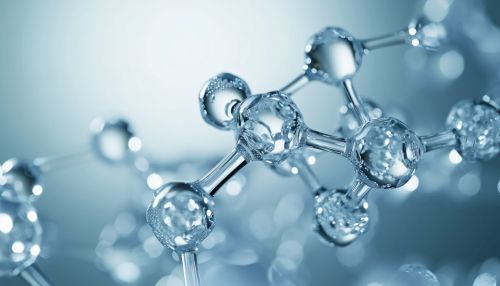Ester
Introduction
An ester is a chemical compound derived from an acid (organic or inorganic) in which at least one -OH (hydroxyl) group is replaced by an -O-alkyl (alkoxy) group. As a result, they are a large and varied class of compounds that play a central role in the biochemistry, pharmacology, and chemical industries.
Structure and Bonding
Esters are a functional group consisting of a carbonyl adjacent to an ether that has the general structure R-COO-R'. The central carbon atom is typically sp2 hybridized with 120° angles between bonds. The central carbon atom is also bonded to an oxygen atom via a double bond and to a third oxygen atom via a single bond. This third oxygen atom is then connected to an alkyl or aryl group. The presence of the functional group gives the molecule its characteristic ester properties.


Nomenclature
The systematic name of esters is based on the IUPAC nomenclature, which uses the suffix -oate to indicate that a molecule is an ester. The first part of the name is derived from the alcohol that forms the ester, while the second part is derived from the acid. For example, the ester derived from methanol and acetic acid is called methyl acetate.
Physical Properties
Esters are more polar than ethers but less polar than alcohols. They participate in hydrogen bonds as hydrogen-bond acceptors, but cannot act as hydrogen-bond donors, unlike their parent alcohols. This ability to participate in hydrogen bonding confers some water-solubility. Because of their lack of hydrogen-bond-donating ability, esters do not self-associate. Consequently, esters are more volatile than carboxylic acids of similar molecular weight.
Preparation
Esters are commonly prepared by the condensation of a carboxylic acid and an alcohol in the presence of a catalyst, with the elimination of a molecule of water. This reaction, known as Fischer esterification, can be catalyzed by acid. Esters can also be prepared by the reaction of the parent alcohol with a reagent such as SOCl2 or a carboxylic acid chloride.
Reactions
Esters are susceptible to attack by nucleophiles, which leads to the formation of alcohols and carboxylic acids. This process, known as hydrolysis, is catalyzed by acid or base. Other reactions include reduction to alcohols, conversion to amides, and the Claisen condensation and related reactions.
Uses
Esters are widely used in a variety of applications. They are commonly used in a variety of synthetic transformations. In addition, they are often used as solvents for a variety of chemical reactions. Many esters have distinctive odors, which has led to their use in food flavorings and fragrances. In nature, fats are a form of ester.
Biological Importance
Esters are ubiquitous in biology, where they serve a number of roles. Most notably, fats and oils are esters of glycerol with fatty acids, known as triglycerides. In addition, many esters serve as transport forms of cholesterol in the blood. Phosphoesters form the backbone of DNA molecules, and polyesters are important in energy storage in plants and bacteria.
